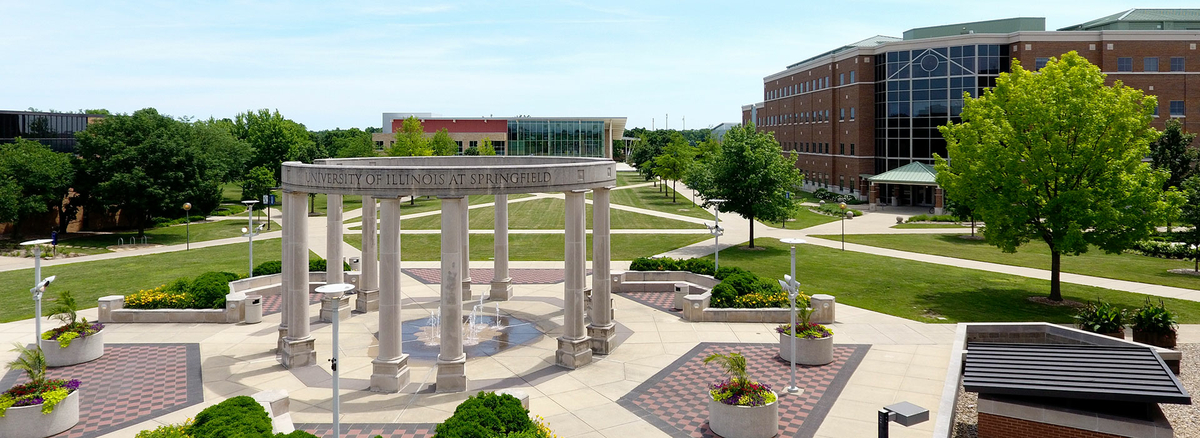
I’ve written about this topic often over the past year as I discussed various ways to keep local news flowing, whether it’s the federal government providing news outlet-friendly tax breaks or a new Illinois task force charged with recommending state-level solutions.
Meanwhile, the numbers continue to get worse. The most recent figures from Pew Research Center’s analysis of data from the Bureau of Labor Statistics show the number of newsroom employees in the United States fell to about 85,000 at the end of 2020, down 26% from the 114,000 employees in 2008.
Most of that loss has happened at newspapers, which often is a community’s best source of consistent, in-depth, solid watchdog news coverage. At the end of 2020, Pew estimated 31,000 people were working in U.S. newspaper newsrooms. That’s a 57% decrease from the 71,000 jobs in 2008.
There are bright spots in the Pew numbers. The number of people working in newsrooms that serve digital audiences has increased by 144% over the last 12 years to about 18,000. A good chunk of that growth comes from gains in the nonprofit news sector, which turns the broken funding model for local news on its head by relying on charitable donations and other forms of philanthropy instead of the advertising and subscription revenue that has shriveled and led to layoffs and other cutbacks.
But even with those gains, the personnel losses have been devastating. Penny Abernathy’s research of so-called “news deserts” – areas of the country that don’t have access to adequate, reliable information about their communities – has quantified the crisis.
Her most recent report shows more than 200 of the country’s 3,143 counties have no newspaper and half have just one newspaper. Two-thirds of the counties don’t have a daily newspaper, publishing at least four days a week.
A closer look indicates that many of the newspapers counted in the report are considered “ghost” or “zombie” newspapers, meaning the local reporting staff has been cut so severely, the publication can’t adequately cover local news and instead fills its pages and websites with national or regional news.
So you might say, so what? You can keep track of your local government agencies’ activities on their website or social media channel, right? Sure, that’s an option, but it’s not a good one. Communities need that critical outside eye to question the policy and spending decisions made by public officials.
Research shows that government performs more poorly (and even unethically) in areas where local news has been cut. A few examples:
- A 2014 article in the American Economic Review shows U.S. capital cities that are isolated see greater levels of corruption, and one reason why is the activity happening in those isolated cities don’t garner adequate press coverage compared to capitals located in highly populated areas.
- A 2018 Brookings Institute report shows a causal relationship between the closure of a local newspaper and increased borrowing costs for the local governments that were served by that newspaper.
- A 2010 study in the Journal of Political Economy shows members of Congress who receive less press coverage from their local news outlets don’t work as hard for the citizens they represent, and federal spending in their districts is lower.
- And finally, the 2018 article in the Journal of Communication indicates increased political polarization can be tied to local news cutbacks.
“We argue that the decline of local newspapers has contributed to the nationalization of American politics: as local newspapers close, Americans rely more heavily on available national news or partisan heuristics to make political decisions,” the article’s abstract says.
And to think, that article was written in 2018 – before the pandemic led to additional local newspaper cuts and further polarized Republicans and Democrats amid fights about masks, vaccines, school closures and other COVID-related safety measures. It’s also before the 2020 election, when Trump supporters, refusing to accept that the president clearly and fairly lost, proliferated the “Big Lie” and the insurrection at the U.S. Capitol a year ago.
How can more local news coverage combat the polarization? In short, it gives Fox News-fueled and MSNBC-fed partisans something to pay attention to other than national politics. The warring sides actually could come together and find some agreement on the issues in their own backyards, instead of in Washington, D.C.
“Put another way, when people read news about their neighborhoods, schools and municipal services, they think like locals. When they read about national political conflict, they think like partisans,” one of the authors of the Journal of Communication article wrote last year.
The concept seems quaint. A MAGA follower and his progressive neighbor might never agree on whether to get a COVID vaccine or a controversial national issue like abortion or gun control. But I bet they can put aside their redness and blueness to find some common ground on big local issues like whether sales taxes should be raised to support local school construction projects or whether your city should build a new lake to back up its drinking water supply.
Reporters in well-staffed local newsrooms are the only journalists paying attention to local school construction and water supplies – not the high-profile cable TV stars who talk D.C. politics all day long.
Could your local newspaper be the elixir that allows political adversaries to talk like sensible human beings to each other once again? Financially support your local organizations and find out.
Jason Piscia is an assistant professor and director of the Public Affairs Reporting program at the University of Illinois Springfield. He came to UIS following a 21-year career at The State Journal-Register.



